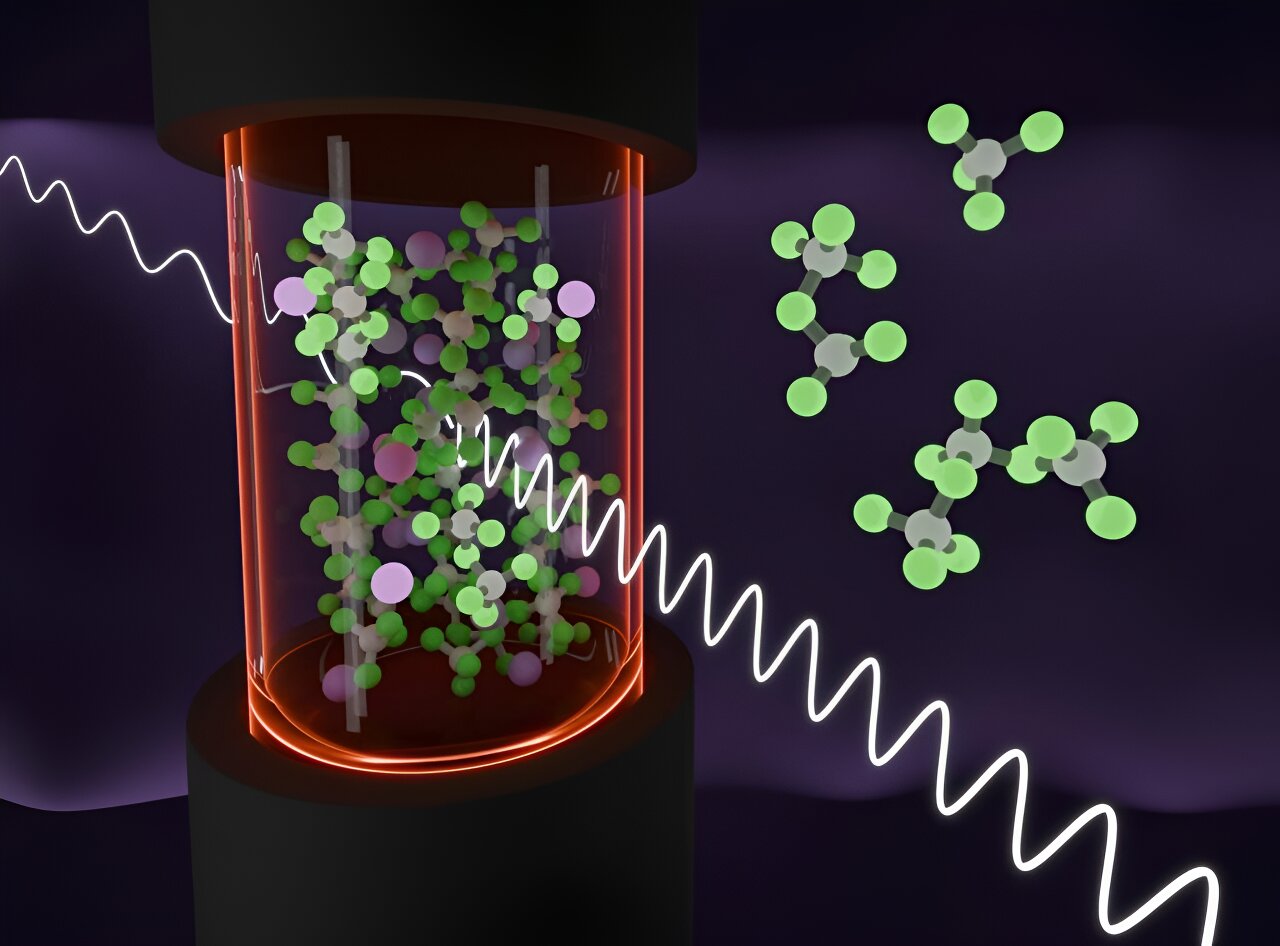By unraveling vibrational signatures and observing ion exchanges, an Oak Ridge National Laboratory team revealed how chemical species form in a highly reactive molten salt mixture of aluminum chloride and potassium chloride. The findings are published in the journal Chemical Science.
Mixtures of chloride salts are often used in electrochemical studies essential in understanding battery performance. Determining chloride’s basicity is crucial for developing corrosion-resistant materials.
“Understanding the behavior of molten salts in reactive environments is very challenging,” said Chemical Separations group lead Vyacheslav Bryantsev. To overcome this challenge, the team used supercomputing to carry out nanoseconds of electronic-level simulations, showcasing how reactive species form, evolve and break over time.
Santanu Roy, who co-led the work, said, “Modeling of vibrational spectra allowed us to determine the distribution of key ionic species in the salt compositions more precisely than other methods, while a rate theory of ion exchange helped us better understand how and at what rate ions reorganize to form new species.”
“The insights gained in this study will have far-reaching implications for advancing molten salt-based energy applications including high-temperature batteries, solar power plants and nuclear reactors,” said Elicia Ferrer.
More information:
Luke D. Gibson et al, Tracing mechanistic pathways and reaction kinetics toward equilibrium in reactive molten salts, Chemical Science (2024). DOI: 10.1039/D3SC06587A
Citation:
Decoding reactive species in molten salts (2024, June 14)
retrieved 14 June 2024
from https://phys.org/news/2024-06-decoding-reactive-species-molten-salts.html
This document is subject to copyright. Apart from any fair dealing for the purpose of private study or research, no
part may be reproduced without the written permission. The content is provided for information purposes only.













/https://tf-cmsv2-smithsonianmag-media.s3.amazonaws.com/filer_public/d1/82/d18228f6-d319-4525-bb18-78b829f0791f/mammalevolution_web.jpg)





Discussion about this post